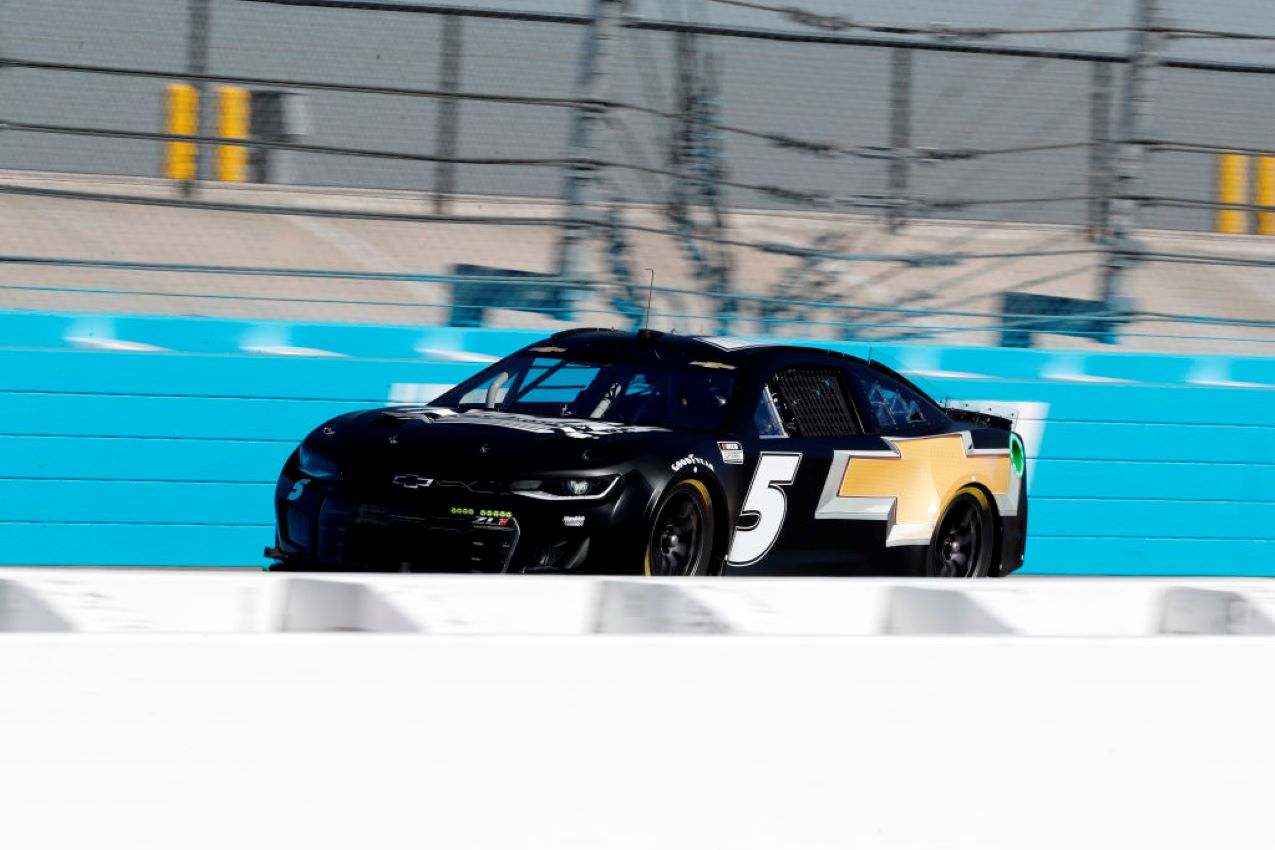NASCAR
How Fast Do NASCAR Cars Go?

Auto racing is one of the most dangerous sports in the world. NASCAR drivers jostle next to each other at death-defying speeds for hours in hopes of reaching the checkered flag first, and sometimes, mistakes can cost them their lives.
Simply driving at 70 miles per hour down a highway can even be a dangerous venture, but NASCAR drivers compete at speeds more than double what you’re driving your typical streetcar. So, how fast do standard NASCAR cars go and what’s the fastest speed ever recorded on a race track in competition?
How fast are NASCAR cars?
Watching a NASCAR driver whiz past you at top speed is a magical feeling. The blur of the racing stripes zipping by and the zoom of the engine are what makes auto racing so special.
But have you ever wondered how fast those speedy machines are traveling down the straightaway?
At top speed, race cars can reach over 200 miles per hour on the track. They can go from zero to 60 mph in approximately three seconds. During a race, NASCAR vehicles can reach up to 750 horsepower, whereas a regular car tops out at about 300 horsepower.
What is the fastest speed recorded on a NASCAR track?
RELATED: Kyle Busch Admits He Was ‘Shocked’ When His Former Crew Chief Dumped Him: ‘You Quit on Me’
The fastest race cars in NASCAR today barely top 200 mph, but it didn’t always used to be that way. NASCAR vehicles actually used to routinely race at close to 210 mph.
The fastest recorded time in NASCAR history is held by Hall of Famer Bill Elliott. In 1987, Elliott’s race car was clocked at 212.089 miles per hour during a qualifying run at Talladega Superspeedway, now known as the fastest track in NASCAR.
There have been other instances of drivers claiming they beat Elliott’s record on various closed courses, but none of those times were official.
NASCAR changed the rules to slow cars down
RELATED: Jimmie Johnson ‘Totally Stalked’ Jeff Gordon and Changed the Course of NASCAR History Forever
You would think with the new technology emerging in the automobile industry every year, Bill Elliott’s speed record would’ve been broken by now, but that’s not the case. It hasn’t been broken, and likely will never be broken because NASCAR changed its rules in 1987 to slow its race cars down as a safety measure.
After Elliott’s record run, NASCAR implemented restrictor plates on all of its cars. Restrictor plates limit the power of the car’s engine and even the playing field by maxing out the car’s top speed. This way, no driver has a competitive advantage, and speed can’t get out of control.
Countless lives have most likely been saved by the implementation of restrictor plates, but it sure takes away the fun of the game for NASCAR fans. Imagine how fast pit crews could get modern race cars humming if they had no regulations to follow.











